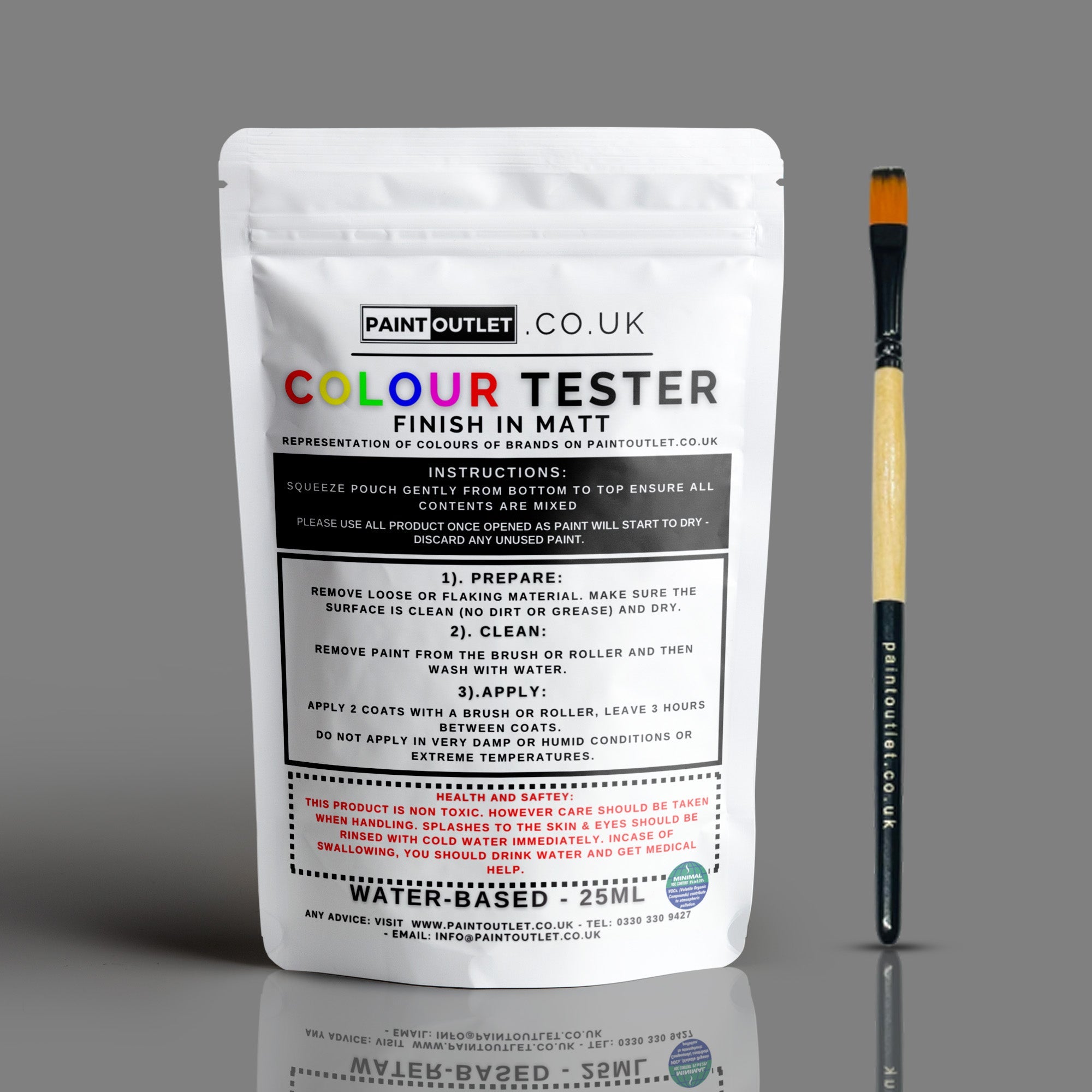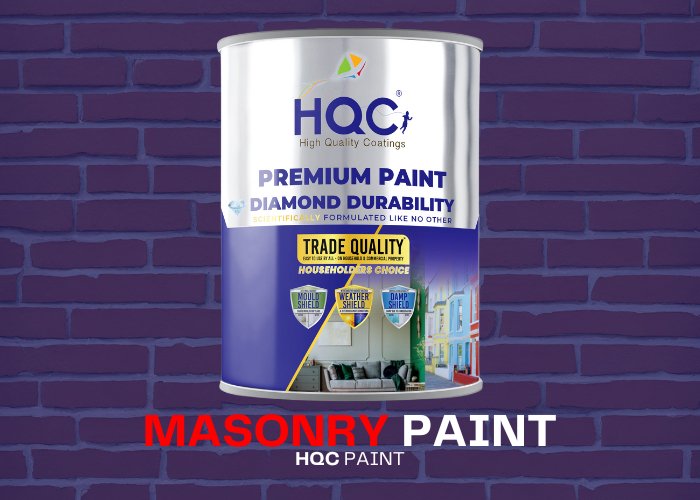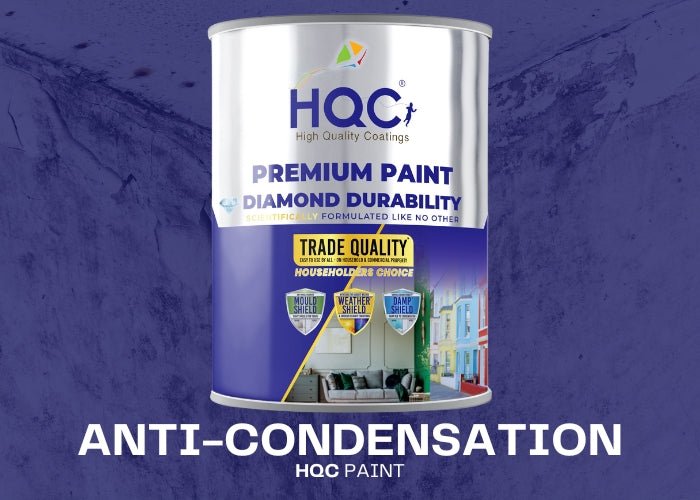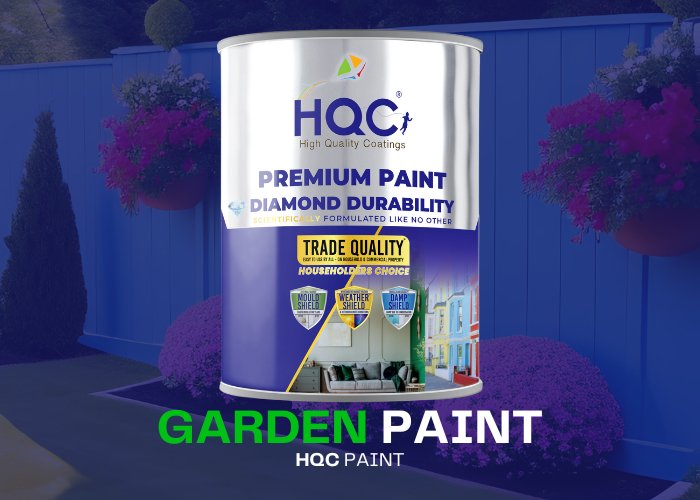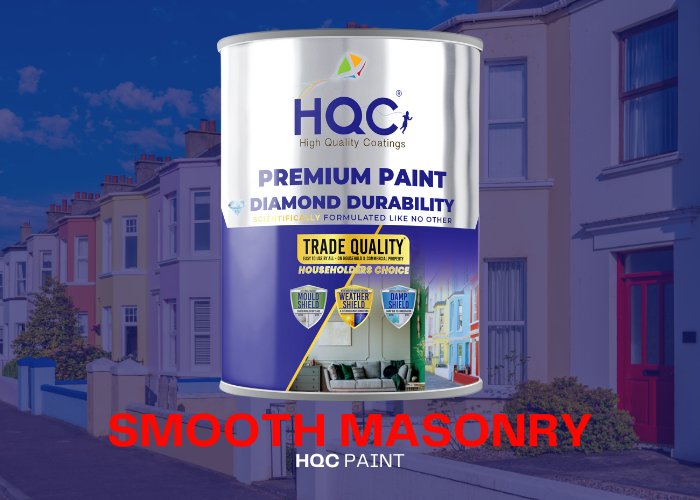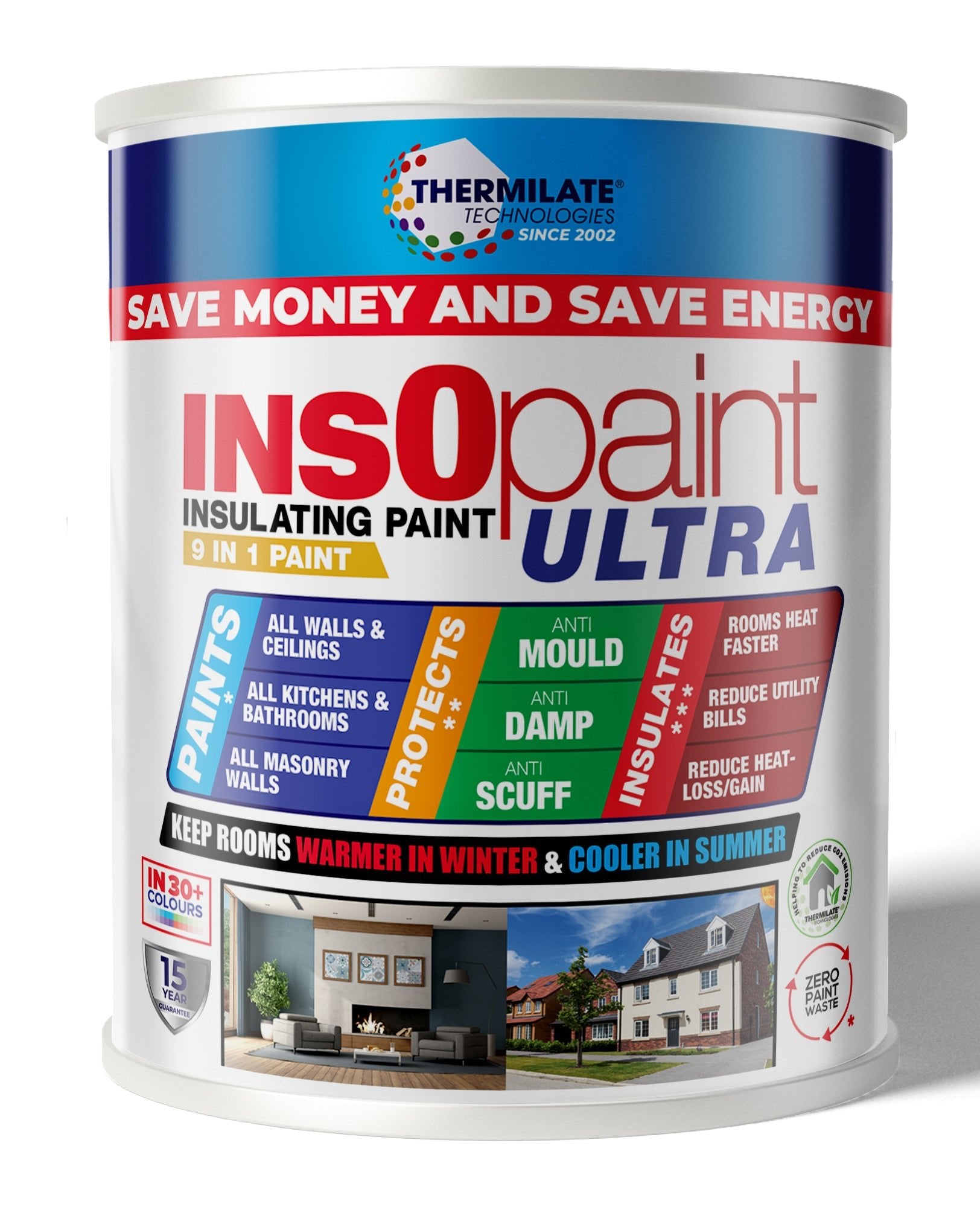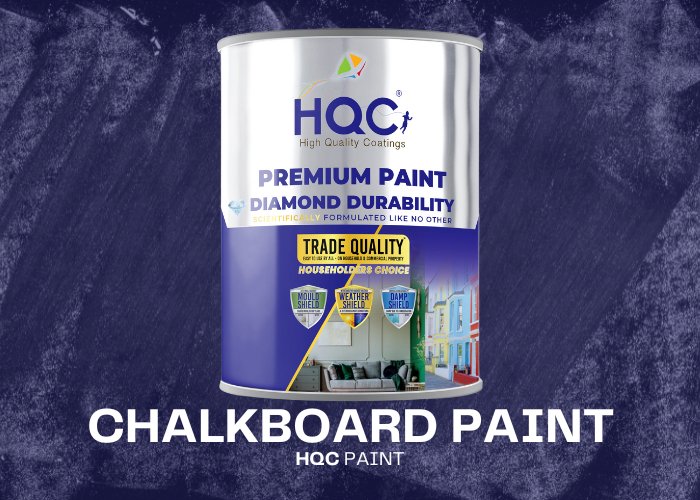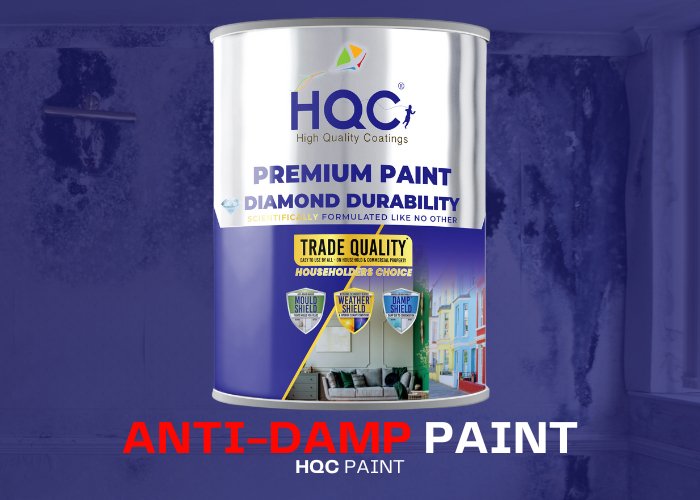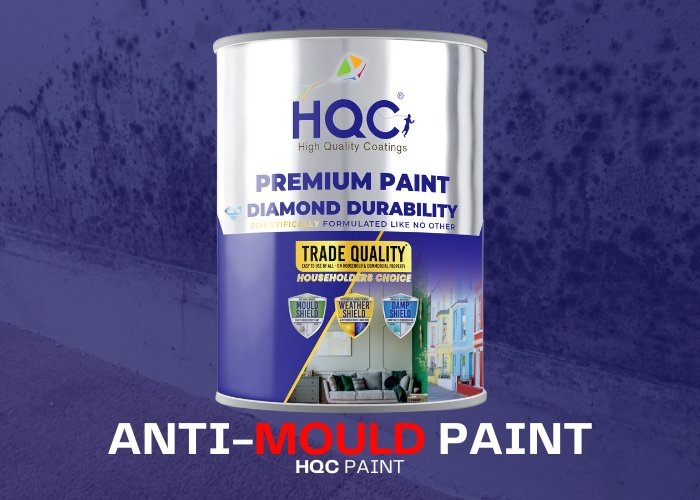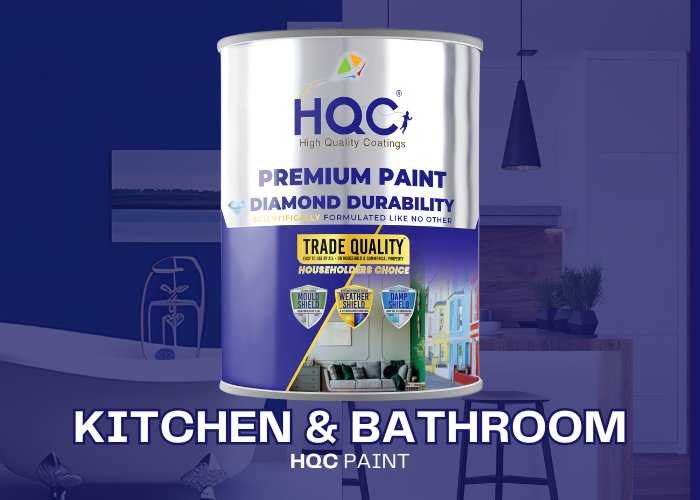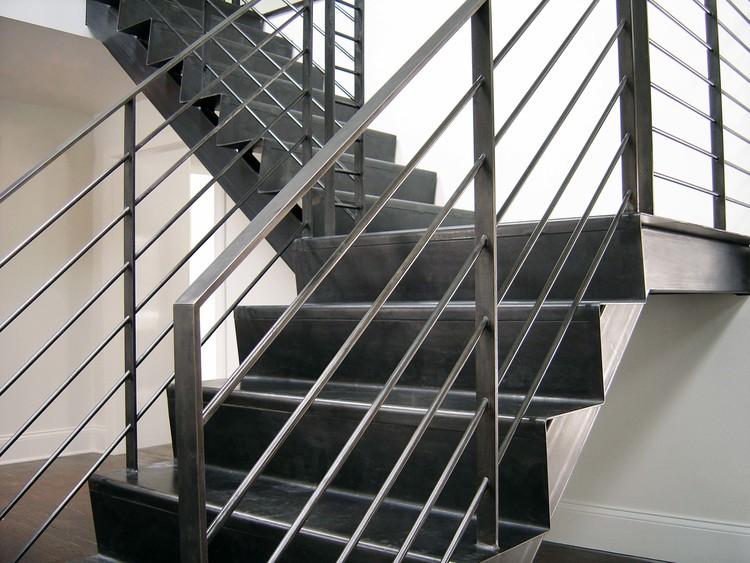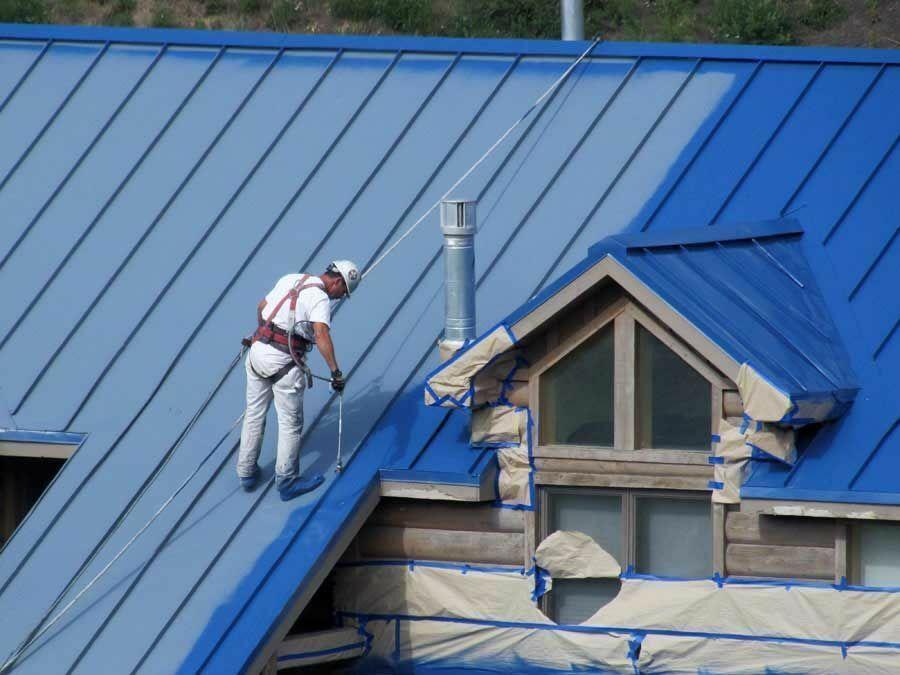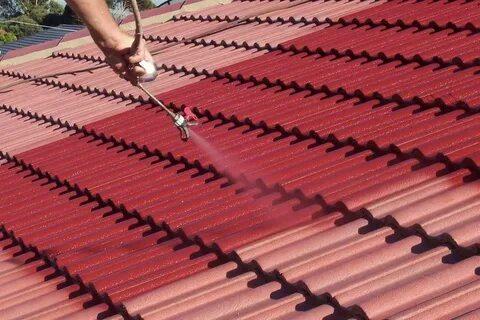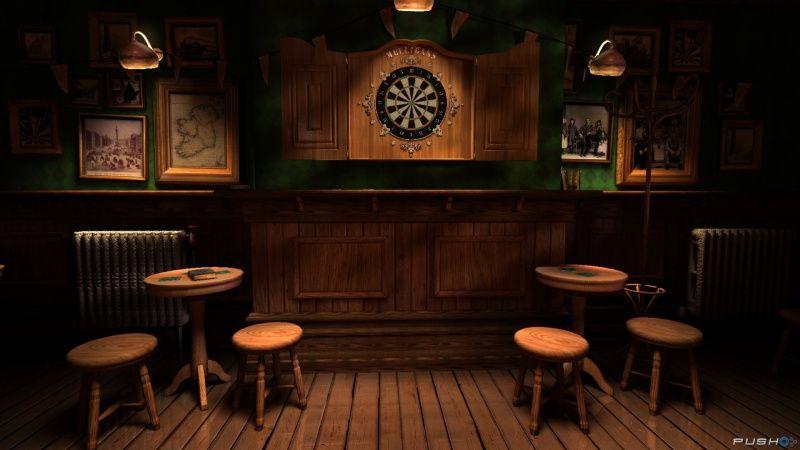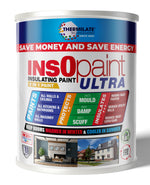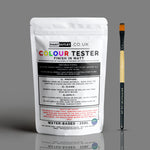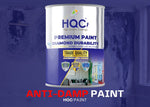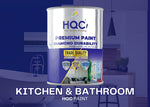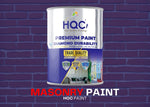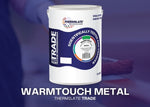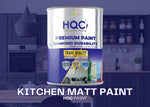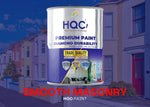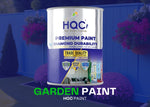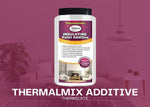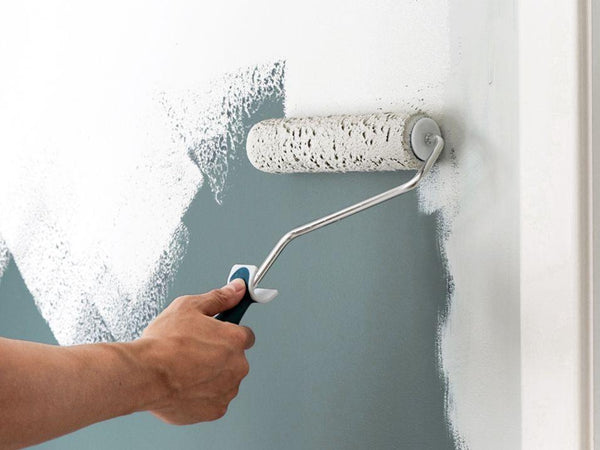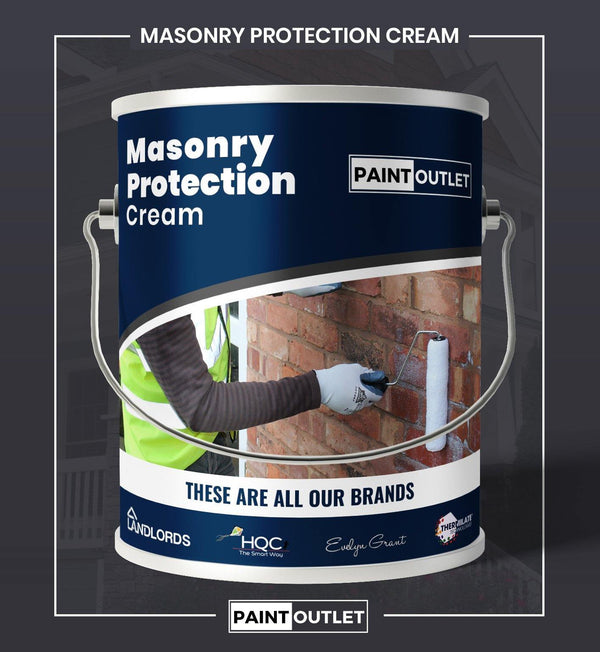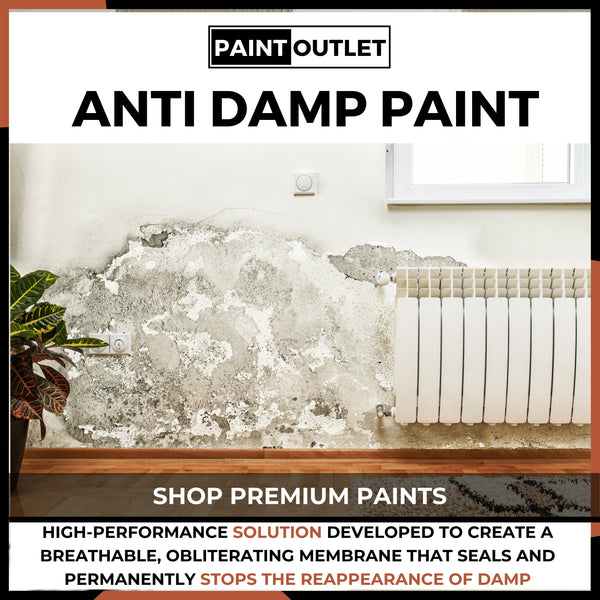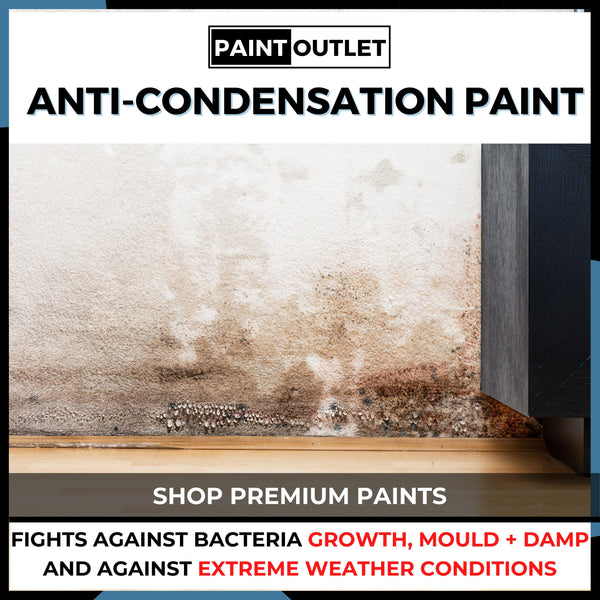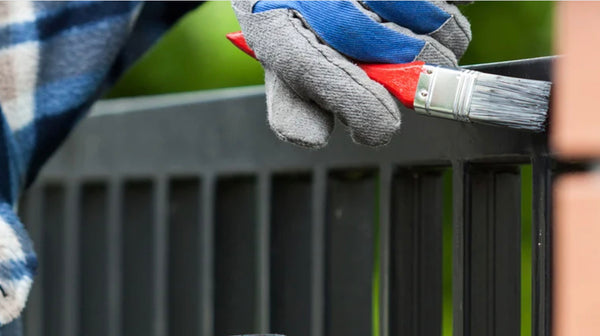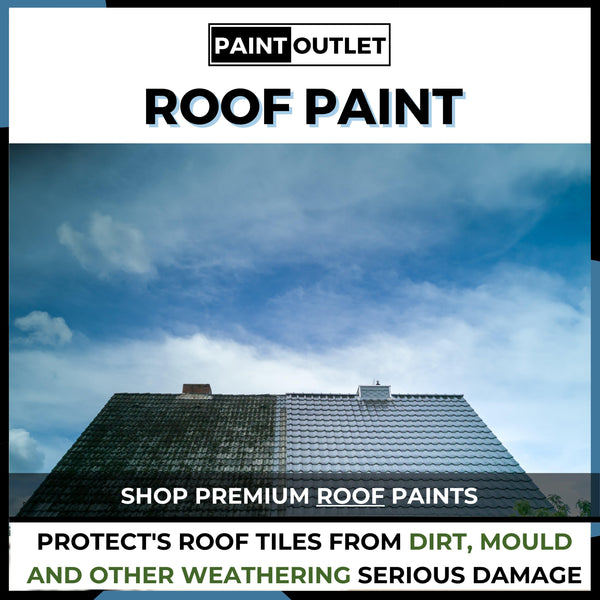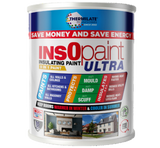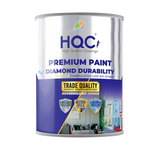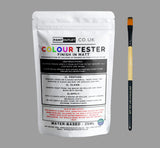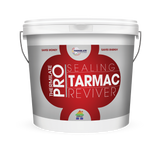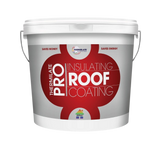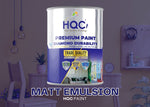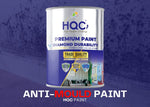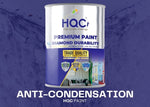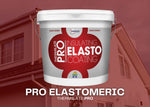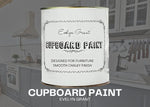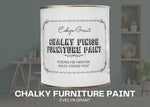No need to draw yourself a picture to explain why it is better not to paint in winter when it is raining or freezing. But did you know that painting in hot weather doesn't always give great results, either? Here are some pitfalls to avoid.
Quality paint and the right tools are essential for a serious paint job. But climatic conditions such as temperature, humidity, rain and wind also play their part.
· Temperature
Temperature is extremely important if you are planning painting work. Too high, too low, they do not suit either. Either the paint dries too quickly or not at all.
· Exterior painting work
When the temperature is below 5 ° C, the paint will no longer dry. So try not to work if the mercury drops below 10 ° C.
Do you paint metal surfaces? Make sure that the temperature of these supports is 10 ° C. On metal, the temperature is lower than that of the ambient air.

· Interior Painting Work
Drying is slower below 10 ° C, and below 5 ° C, the water-based paint does not dry at all.
If the temperature exceeds 20 ° C, the drying process becomes faster and faster, and the application of paint becomes more difficult.
Advice: Paint preferably at a temperature between 10 and 20 ° C. It's getting colder? Plan to heat the room after painting it to promote drying.
· Rain and humidity
When it's raining or foggy, painting outside is not a good idea. Still, want to paint after a downpour? Take the humidity into account before you start.
· Exterior painting work
If the humidity level exceeds 85%, the paint film will not form properly and may result in the formation of condensation.
If the rate is 100%, you will notice the presence of surface moisture, a sign that the water is not evaporating. The air is then saturated with water, and the paint will not dry either.
Humidity can vary throughout the day. If you see that everything is starting to dry on the outside, the humidity level is dropping, and you can plan to paint.
Allow sufficient drying time after rain or fog. The drier the surface is when you paint it, the prettier the result will be. It will also last longer.
· Interior painting work
The paint will dry faster if the humidity level in the air is low (30 to 40%).
With a high rate (> 80%), the air is almost saturated with humidity, and the water-based paint dries less quickly.
If the air is completely saturated with humidity (100%), the water-based paint will no longer dry at all. In addition, it will flow and crack after drying.
Tip: The ideal humidity level for painting indoors is, therefore around 50 to 60%.
· The sun
Painting in direct sunlight is not ideal because the paint dries quickly, resulting in a more difficult application. You can possibly remedy this by providing a tarpaulin.

On wood: work when the sun is gone. The residual moisture in the pores of the wood will then have evaporated. If you paint before the sun arrives, the fresh coat of paint may dry too quickly, which can cause bubbles to form.
On metal surfaces: it is better to work after the sun has disappeared to prevent the surface temperature from being too high when drying.
Tip: Do you need to paint a hot surface (wood or wall) with water-based paint? Slightly wet your support so that the temperature of it drops slightly.
· The Wind
Wind can also greatly disrupt painting work, both indoors and outdoors.
· Exterior painting work
If it is very windy, the paint dries too quickly, making it difficult to apply.
In addition, there is a great risk that dust will stick to the wet paint layer.
· Interior painting work
Avoid dusty atmospheres and always vacuum the part before starting to work.
It is therefore not recommended to carry out work between the applications of two coats of paint.
As you paint, make sure there is no draft. Better to air out after painting to stimulate the drying of the layer of paint you have applied.
· Lacquers in solvent phase
Be careful when applying solvent-based lacquers as different climatic conditions have a great influence on each other.
· Exterior painting work
This paint needs a high enough temperature and enough light to dry. For example, condensation in the morning can interfere with drying.
In inclement weather, the paint may turn matte or start to wrinkle. The appearance of these wrinkles can also be due to too rapid drying of a too thick coat of paint.
Tip: Better not to paint too late in the day or in direct sunlight!
· Interior painting work
In addition to a sufficiently high temperature and the necessary aeration, solvent-based lacquers also need light. In case of reduced lighting, drying will be very slow.
Tip: Make sure you have enough artificial light to help with drying.
Whatever the weather, you must therefore take the weather into account for your exterior and interior painting jobs.


















